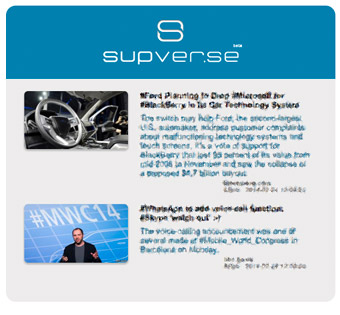1 comment on ncbi.nlm.nih.gov/pmc/articles/PMC4041869
| Tendon and Ligament Regeneration and Repair: Clinical Relevance and Developmental Paradigm Decades of research on tendon and ligament (T/L) injuries have yielded extensive knowledge of the mechanical and biological properties of these dense connective tissues, translating into advances in surgical and conservative therapies that can prevent major disability. However, T/L injuries remain a persistent clinical challenge. In the U.S. alone, tendon, ligament, and joint capsular injuries account for 45% of the 32 million musculoskeletal injuries each year (Butler et al., 2004), with rates rising due to increasing sports participation and an aging population. Unfortunately, current treatment strategies fail to restore the functional, structural, and biochemical properties of repaired T/L to those of native tissue. Consequently, the principal elements of tissue engineering cells, scaffolds, and bioactive molecules have been explored in an effort to improve T/L healing. Both in vitro and in vivo studies have expanded the understanding of T/L biology while demonstrating the utility of tissue engineering in enhancing the healing of musculoskeletal tissues. Nevertheless, no tissue engineered construct thus far has achieved complete regeneration of T/L. In response, tissue engineers are looking to the emerging understanding of T/L development in an effort to recapitulate the embryonic events that establish the native structure (Thomopoulos et al., 2010). While researchers are only beginning to explore methods of integrating developmental biology into the design process, such efforts may advance the field of T/L tissue engineering towards its ultimate goal, full restoration of normal mechanical and biological properties (Lenas et al., 2009a). In this review, we will begin with the present understanding of tendon development. Ligament development has not received as much attention as that of tendon, but lessons learned from the latter should be applicable to the former, as tendons and ligaments possess similar ultrastructure and physiology, as well as fulfilling similar functional roles (Tozer and Duprez, 2005). The natural healing cascade of T/L will be summarized, as current therapeutic approaches to the three most common tendon injuries tears of the rotator cuff, Achilles tendon, and flexor tendon of the hand will be reviewed. Next, an overview of the current tissue engineering strategies to improve tendon healing, including cells, growth factors, scaffolds, and mechanical stimulation, will be provided. In closing, we will briefly explore the current limitations to tendon and ligament regeneration before offering future directions to address these challenges. &neo 2017-11-14 22:57:09 |

